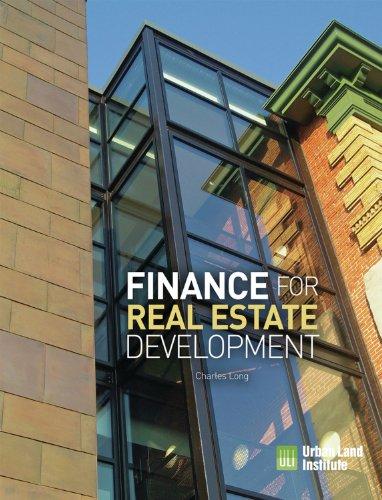Answered step by step
Verified Expert Solution
Question
1 Approved Answer
MUST SUBMIT FORMULAS TOO Mark is expanding a new product to help with in the construction market. His marketing manager thinks the company can sell
MUST SUBMIT FORMULAS TOO
Mark is expanding a new product to help with in the construction market. His marketing manager thinks the company can sell units per year at a price of $ each for years, after which the product will be obsolete. The purchase price of the required equipment, including shipping and installation costs, is $ and the equipment is eligible for bonus depreciation at the time of purchase. Current assets receivables and inventories would increase by $ while curent liabilities accounts payable and accruals would rise by $ Variable cost per unit is $ and fixed costs would be $ per year. When production ceases after years, the equipment should have a market value of $Marks tax rate is and it uses a WACC for a Find the required Year investment outlay after bonus depreciation is considered and the project's annual cash flows.
Then calculate the project's NPV IRR, MIRR, and payback. Assume at this point that the project is of average risk.
Key Output: NPV
IRR
MIRR
Part Key Input Data
Equipment cost plus installation $ Market value of equipment after yrs $
Increase in current assets $ Tax rate
Increase in current liabilities $ WACC
Unit sales
Sales price per unit $
Variable cost per unit
Variable cost per unit in dollars $
Fixed costs $
Part AfterTax Salvage Value at end of Year Equipment
Estimated Market Value
Book Value
Expected Gain or Loss
Taxes paid or tax credit
Aftertax salvage value
Part Project Cash Flow Analysis
Investment Outlays at Time
CAPEX Equipment Cost T
Increase in NOWC
Operating Cash Flows over the Project's Life
Units sold
Sales price
Sales revenues
Variable costs
Fixed operating costs
Depreciation: Bonus Depreciation in Year
EBIT Operating income
Taxes on operating income
EBIT T Aftertax operating income
Add back depreciation
EBIT T Depreciation
Terminal Cash Flows at Time
Salvage value
Tax on salvage value
Aftertax salvage value
Recovery of net operating working capital
Project FCFs EBIT T DEP CAPEX Delta NOWC
Part Key Output: Evaluation of the Proposed Project
Net Present Value at
IRR
MIRRrisk projects
MUST SUBMIT FORMULAS TOO PER ROW AS TO HOW YOU GOT THE ANSWER IE F$E$

Step by Step Solution
There are 3 Steps involved in it
Step: 1

Get Instant Access to Expert-Tailored Solutions
See step-by-step solutions with expert insights and AI powered tools for academic success
Step: 2

Step: 3

Ace Your Homework with AI
Get the answers you need in no time with our AI-driven, step-by-step assistance
Get Started


